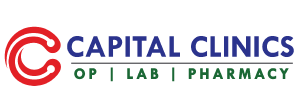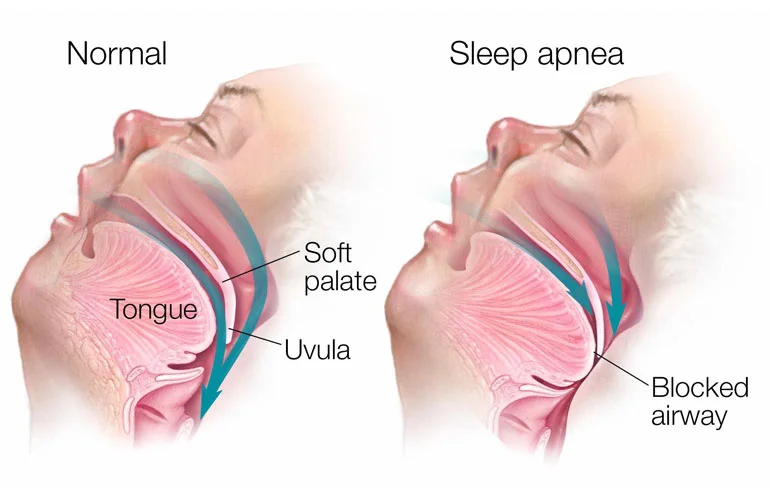- Home
- Departments
Departments Of Sleep Disordered Breathing
Sleep Disordered-BreathingSleep-disordered breathing (SDB) refers to a group of breathing disorders that occur during sleep, ranging from mild snoring to more severe conditions such as obstructive sleep apnea (OSA). These disorders disrupt normal breathing patterns during sleep, leading to fragmented sleep, daytime sleepiness, and potential health consequences if left untreated.
Key Features of Sleep-Disordered Breathing:
Obstructive Sleep Apnea (OSA): OSA is the most common form of sleep-disordered breathing. It occurs when the muscles in the throat relax excessively during sleep, causing the airway to collapse or become partially blocked. This results in repeated pauses in breathing (apneas) or shallow breathing (hypopneas) during sleep, leading to disruptions in oxygen flow to the brain and body.
Central Sleep Apnea (CSA): CSA occurs when the brain fails to send the appropriate signals to the muscles responsible for breathing during sleep. This results in periodic pauses in breathing without associated airway obstruction. CSA is less common than OSA but can occur as a standalone disorder or in conjunction with other medical conditions.
Snoring: Snoring is a common symptom of sleep-disordered breathing, particularly OSA. It occurs when airflow through the upper airway becomes turbulent due to partial obstruction, leading to vibration of the soft tissues in the throat and the production of sound.
Fragmented Sleep: Sleep-disordered breathing disrupts the normal sleep architecture, leading to frequent awakenings throughout the night. These awakenings are often brief and may go unnoticed by the individual experiencing them, but they can result in poor sleep quality and daytime sleepiness.
Daytime Symptoms: Individuals with sleep-disordered breathing may experience symptoms such as daytime sleepiness, fatigue, morning headaches, difficulty concentrating, irritability, and mood disturbances due to inadequate sleep quality.
Diagnosis and Treatment of Sleep-Disordered Breathing:
Diagnosis of sleep-disordered breathing typically involves a sleep study (polysomnography) conducted in a sleep laboratory or home sleep apnea test (HSAT). During these tests, various parameters such as airflow, breathing effort, oxygen levels, and sleep architecture are monitored to assess for the presence and severity of SDB.
Treatment of sleep-disordered breathing depends on the underlying cause and severity of the condition. Common treatment options include:
Continuous Positive Airway Pressure (CPAP) Therapy: CPAP therapy involves wearing a mask connected to a machine that delivers a continuous stream of air to keep the airway open during sleep. It is the most effective treatment for OSA and is often prescribed for moderate to severe cases.
Oral Appliance Therapy: Oral appliances are devices worn in the mouth during sleep to help maintain an open airway by repositioning the jaw or tongue. They are used as an alternative treatment for mild to moderate OSA or for individuals who cannot tolerate CPAP therapy.
Lifestyle Modifications: Lifestyle changes such as weight loss, avoidance of alcohol and sedatives before bedtime, and sleeping in certain positions may help alleviate symptoms of sleep-disordered breathing, particularly in mild cases.
Surgery: In some cases, surgical procedures such as uvulopalatopharyngoplasty (UPPP), tonsillectomy, or maxillomandibular advancement (MMA) may be recommended to address anatomical abnormalities contributing to sleep-disordered breathing.
Overall, sleep-disordered breathing is a common and treatable condition that can have significant impacts on sleep quality, daytime functioning, and overall health. Early diagnosis and appropriate treatment are essential for improving symptoms and reducing the risk of associated health complications.

